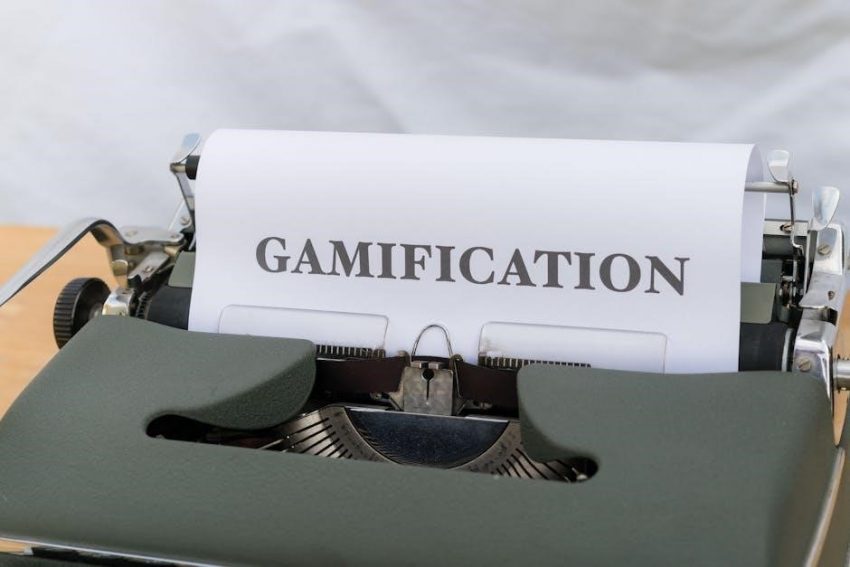Properly referencing a user manual is essential for maintaining academic integrity and avoiding plagiarism. This guide provides clarity on how to cite manuals accurately across various citation styles, ensuring consistency and precision in your work.

Understanding the Importance of Proper Citation
Proper citation of user manuals is crucial for maintaining academic integrity and avoiding plagiarism. It ensures that credit is given to the original authors or corporate entities responsible for the manual. Key elements to include are the corporate author, manual title, edition number if applicable, publisher, and URL or access information if accessed online. Consistency in following citation styles such as APA, MLA, or Chicago is essential to maintain credibility and clarity in academic work. By accurately referencing user manuals, you acknowledge the source of information and provide readers with the opportunity to locate the document. Proper citation also enhances the transparency and reliability of your research or assignment.

Key Elements of a User Manual Reference
A user manual reference should include the corporate author, manual title, edition number, publisher, and URL or access information for clarity and accuracy.
Corporate Entity as the Author
When referencing a user manual, the corporate entity that produced the document is treated as the author. In APA style, the organization’s name is listed first in the reference entry. For example, “MakerBot Industries” would be cited as the author of the MakerBot Replicator Desktop 3D Printer User Manual. This ensures proper credit is given to the entity responsible for the manual. If the manual is part of a specific edition, the edition number should be included. The corporate author’s name should also match the publisher’s name if they are the same. This approach maintains consistency and clarity in citations, aligning with academic standards. Always verify the corporate entity’s name for accuracy.
Manual Title and Edition

The title of the user manual is a crucial element in its citation, as it provides specific identification of the document. For example, in APA style, the title should be italicized and follow the corporate entity’s name. If the manual is part of a specific edition, such as the “Fifth Generation Model” of the MakerBot Replicator Desktop 3D Printer User Manual, the edition number should be included in parentheses immediately after the title. This detail ensures clarity and helps readers locate the exact document. Always capitalize the main words in the title and include any subtitles. Accurately noting the edition prevents confusion, especially when multiple versions of the manual exist.

Publisher and Publication Details
The publisher and publication details are vital for tracing the origin of the user manual. In APA style, after the title, include the publisher’s name, typically the corporate entity or organization responsible for the manual. For instance, MakerBot Industries is listed as the publisher for the MakerBot Replicator Desktop 3D Printer User Manual. If the manual is a physical copy, include the city and state of publication, such as “Brooklyn, NY.” For electronic versions accessed online, omit the location and include the URL instead. This information ensures the reference is complete and enables readers to locate the source efficiently. Always abbreviate common publisher terms and omit unnecessary words like “Publisher” or “Inc.” for conciseness.

URL or Access Information
When accessing a user manual online, including the URL is crucial for proper citation. In APA style, the URL is added at the end of the reference entry. For example, a manual accessed from a corporate website would be cited as MakerBot Industries. (2014). MakerBot Replicator Desktop 3D Printer (Fifth Generation Model) User Manual. https://www.makerbot.com. Ensure the URL is complete and directly links to the manual. If the manual is part of a larger document or webpage, include the specific section or path. Avoid using DOI numbers for manuals unless specified. Consistency in URL formatting helps readers locate the source without confusion, adhering to academic standards for clarity and accessibility.

APA Style Guidelines
In APA style, cite user manuals by listing the corporate author, manual title, edition, publisher, and URL. Proper formatting ensures clarity and academic integrity in references.
Reference List Entry Structure
For APA style, the reference list entry for a user manual begins with the corporate author, followed by the publication year in parentheses. The title of the manual is italicized and includes the edition number in parentheses if applicable. The publisher’s name follows, and if accessed online, the URL is provided at the end. Example: MakerBot Replicator Desktop 3D Printer (Fifth Generation Model) User Manual. (2014). MakerBot Industries. https://www.example.com/manual
In-Text Citation Examples
In APA style, in-text citations for user manuals typically include the corporate author and the year of publication. For example, (MakerBot Industries, 2014) when referencing the entire manual. If citing a specific section, add the page number: (MakerBot Industries, 2014, p. 15). Use a paragraph number if page numbers are unavailable: (MakerBot Industries, 2014, para. 5). Always ensure the author and year match the reference list entry for consistency and clarity in academic writing.

MLA Style Guidelines
In MLA style, cite user manuals by listing the corporate author, title, edition, publisher, and URL. Use title case for the manual’s name and include access dates if online.
Works Cited Entry Structure
In MLA format, a user manual is cited as a corporate publication. Start with the corporate author, followed by the manual’s title in italics. Include the edition number if applicable, the publisher, and the year of publication. For online manuals, add the URL at the end. If no publisher is listed, omit it. Example: MakerBot Industries. MakerBot Replicator Desktop 3D Printer (Fifth Generation Model) User Manual. Brooklyn, NY, 2014. www.makerbot.com/manuals. If accessed online, include the date of access. Ensure the entry aligns with MLA’s 9th edition guidelines for proper formatting and punctuation.
In MLA style, in-text citations for user manuals follow the same principles as other sources. If the corporate entity is the author, use its name in parentheses. For example, (MakerBot Industries, 2014). If the manual has a specific author, use their last name, e.g., (Smith, 2020). If no author is listed, use a shortened title of the manual in quotes, like (“C1/C3 Lifecycle Exercise Bikes,” 2023). Page numbers are included if available: (MakerBot Industries, 2014, p. 45). For online manuals without page numbers, omit the page reference. Always ensure the citation aligns with the corresponding entry in the Works Cited list for clarity and proper attribution.

Chicago Style Guidelines
Chicago style requires mentioning the corporate author, manual title, edition, publisher, and URL or access date. Ensure consistency and clarity in formatting for proper academic and technical writing standards.
Bibliography Entry Structure
In Chicago style, a user manual is cited in the bibliography with the corporate author’s name, manual title, edition, publisher, and publication details. The structure begins with the corporate entity as the author, followed by the title in italics, edition number, publisher, and year of publication. If accessed online, include the URL or DOI. For example: MakerBot Replicator Desktop 3D Printer (Fifth Generation Model) User Manual. MakerBot Industries, 2014. Ensure the entry is alphabetized by the corporate author’s name. If no corporate author is available, the title is used. Consistency in formatting is key to maintaining academic integrity and clarity in your work. Always verify the latest Chicago Manual of Style guidelines for updates.
Footnote Examples
In Chicago style, footnotes for user manuals include the corporate author, manual title, edition, publisher, and publication details. For a print manual, the footnote structure is: MakerBot Industries, MakerBot Replicator Desktop 3D Printer (Fifth Generation Model) User Manual (Brooklyn, NY: MakerBot Industries, 2014), 45. If accessed online, include the URL: JSBSim Reference Manual, accessed October 15, 2023, https://jsbsim.github.io. When no corporate author is available, the title precedes the edition. Ensure footnotes are numbered sequentially and correspond to in-text citations. Always include page numbers if referencing a specific section. This approach ensures clarity and proper attribution in academic and professional contexts. Adherence to Chicago guidelines is essential for consistency and accuracy.

Best Practices for Consistent Referencing
Consistency is key when referencing user manuals. Start by identifying the corporate entity as the author, followed by the manual title, edition, and publisher. If accessed online, include the URL. Use a uniform citation style throughout your document. Regularly check for updates to the manual and citation guidelines; Organize your references early in the writing process to avoid last-minute errors. Use citation management tools to maintain consistency and accuracy. Ensure all elements like page numbers and access dates are included where applicable. Always cross-verify references with the latest style guides to maintain academic integrity. Proper formatting enhances readability and credibility. By adhering to these practices, you ensure your references are clear, accurate, and professional. This approach supports the integrity of your work and avoids plagiarism. Consistent referencing also makes your work more reliable and easier to follow. Always review your references before final submission to catch any discrepancies. This diligence ensures your work meets high academic standards.

